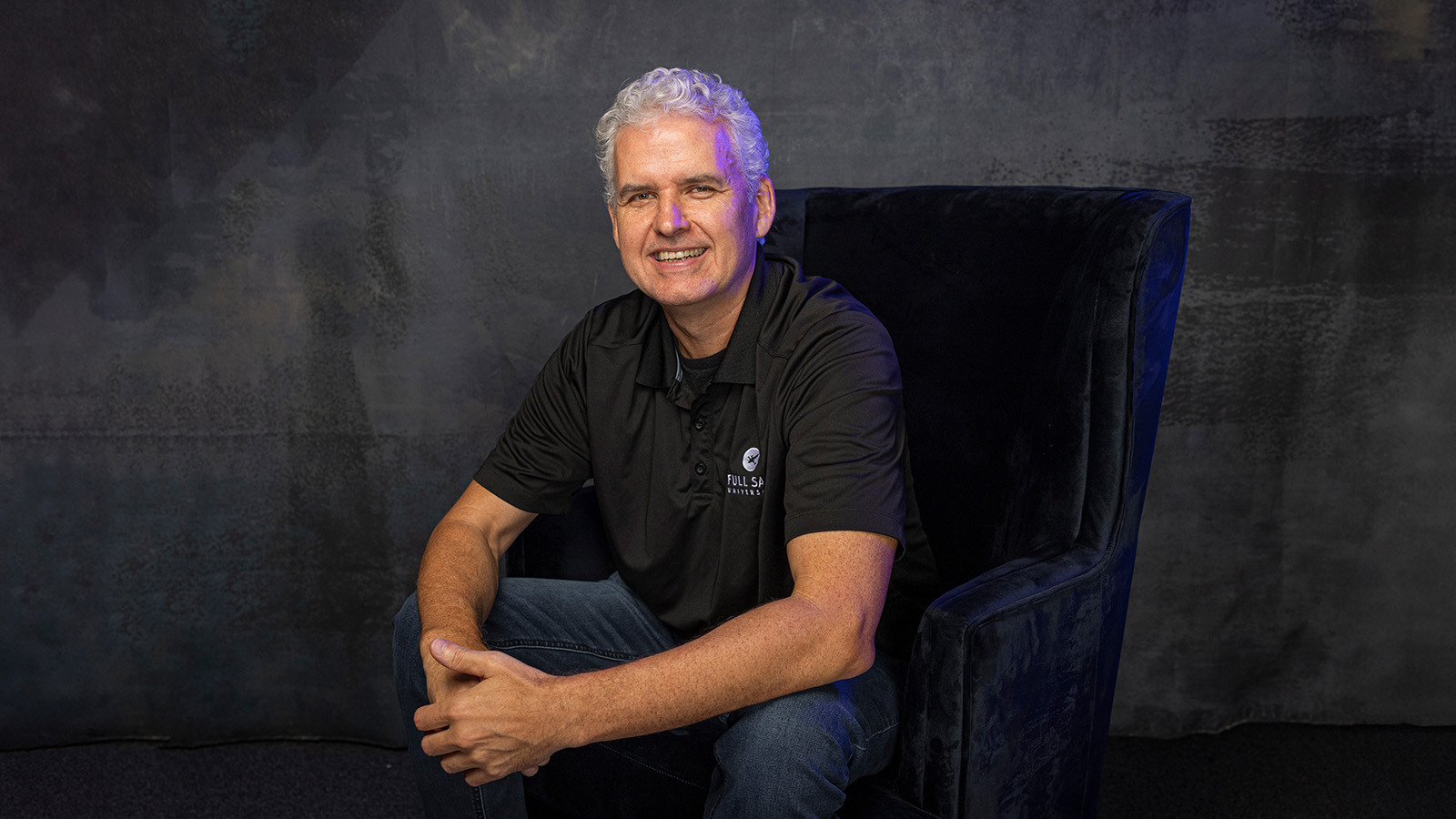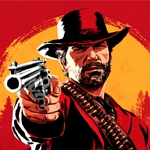Full Sail Stories
Published Oct 29, 2024
Faculty Spotlight: Roy Papp
Game Design master’s instructor Roy Papp uses his experience in the game industry to help his students complete an original game.

Roy Papp believes that learning is synonymous with doing, especially when it comes to designing video games. As a course director in the Game Design master’s program, Roy teaches students in the Indie Games Capstone Track to plan, build, and potentially publish their own games on platforms like Steam. His years of experience working for AAA studios like EA informs the “real studio” approach he takes in the classroom.
Roy started out in the game industry as a Production Artist on Super NES products, transitioned into art direction, then became a Development Manager at EA. He worked on games like Superman Returns, Madden NFL 09, Madden NFL 10, and many other titles. His time on those projects gave him lots of practice in scheduling, balancing game features, tracking progress, and helping teams understand their short and long-term goals. That industry experience helps his students look at the big picture and figure out how to execute their ideas.
Game Design master’s students take courses in design, production, and user experience before choosing one of those tracks to focus on for their capstone project. The Indie Games Track that Roy oversees helps students create their own game from concept to completion. To start, students form design teams with their peers and bring a pitch to Roy. He assists them as they hone their concept and their production plans to help them meet their capstone goals.
During the development phase, Roy’s students pick the game engine they’ll work in, create an estimated timeline for their game’s completion, and make prototypes, game design documents, and technical design documents, among other tasks. The student teams showcase their progress during monthly milestone presentations, and Roy gives them feedback based on his experience in the professional game industry.
“I'll give them feedback in a range of areas, like gameplay, usability, design, and art direction, because I've done [professional] art direction, management, a whole bunch of stuff [in the game industry]. Because of that, I have a wide range of experience, and I can look at a project and try to pick the things that I think will allow their project to shine in the right way and get to the level that they want,” Roy explains.
As they near the end of the capstone track, Roy’s students make further adjustments to their goals and determine the minimum requirements they’ll need to complete a playable game. They might reduce the number of players, enemies, or other components to help them finish on time. They’ll also execute QA testing and usability testing to make sure their game meets publishing requirements. Although publishing a completed game is the capstone track’s goal, the creation process is what’s most important.
“The experience of working in collaborative teams and having that to reflect on and speak about when you're in front of industry professionals in an interview is where the value lies. You've worked on a project, you can speak about the collaboration challenges you faced, risk mitigation or scheduling, scope, whatever your area of expertise was,” says Roy.
The overarching message in Roy’s class is that the best way to learn about game design is to complete hands-on work – and Roy wants his students to take that concept with them after they graduate.
“You need to learn [game design] by doing and by facing challenges on your own, thinking on your feet, being a creative problem solver. [In my class,] it's okay to make wrong decisions and backtrack if you need to. I give them feedback, but it's up to them to analyze and decide what they're going to do, very much like when you're in the industry,” Roy says. "You learn to ride a bike or play a guitar by doing it. Learning to make games is the same.”



